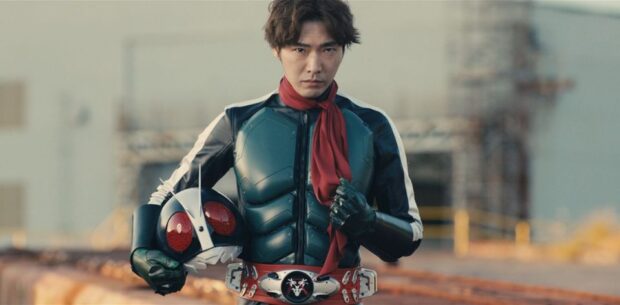Brooklyn-based filmmaker Constance Tsang offers a meditative exploration of loss, communal grief, and belonging that is so deeply immersed in its community and characters that one might forget it’s set in New York.
Tsang’s debut feature, BLUE SUN PALACE, ostensibly takes place in Queens, where recent Chinese migrants Amy (Wu Ke-Xi) and Didi (Haipeng Xu) work in a massage parlour. We first meet Didi in the middle of a date with Cheung (Lee Kang-sheng), sharing tender and intimate moments in a restaurant and under the lights of a karaoke room. This scene sets the tone for Tsang’s narrative approach.
When an unexpected event disrupts this glacial rhythm, Tsang moves us forward in time. Yet the characters remain trapped in a kind of arrested development, replaying cycles we’ve already seen while searching for meaning and connection amidst the familiar. It’s here that we learn the most about Amy and Cheung, with revelations about their lives outside the bubble peppered throughout the dialogue like artefacts waiting to be uncovered.
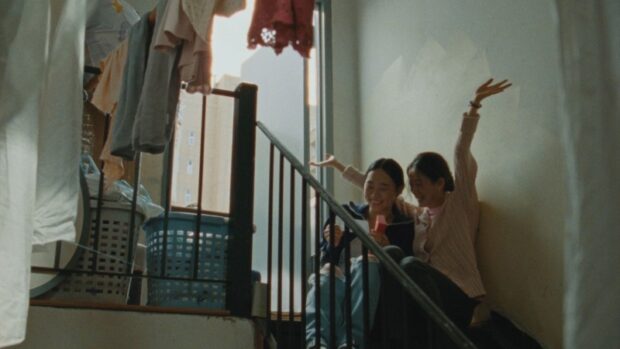
Tsang’s lens provides the audience ample space to connect with these characters while also maintaining a sense of distance. When non-Chinese customers enter the massage parlour, they feel like intruders, especially given that their requests are inherently uncomfortable or outright aggressive.
The presence of Lee Kang-sheng might draw comparisons to the slower cinema of Tsai Ming-Liang, particularly his documentary and exhibition pieces rooted in observation. This is, after all, a film where the main title drop comes 34 minutes into the running time. Wu Ke-Xi, who impressed us in Nina Wu, is compelling as she ponders an alternative to the predetermined path.
Cinematographer Norm Li, who has worked across multiple genres, gives Tsang’s film a distinctive look and feel. At times, we feel like we are in the room; at others, the blue tones of the massage parlour suggest a voyeuristic perspective, until the sudden contrast of outdoor brightness breaks the spell.
As we watch Cheung take an extended walk, presumably forever, he slowly drags on a cigarette as the credits fade to black. One gets the impression that we are only seeing a snapshot of the surface, confirming the unbelievably restrained storytelling on display. BLUE SUN PALACE unquestionably marks Tsang as an important new voice to watch.

2024 | USA | DIRECTOR: Constance Tsang | WRITERS: Constance Tsang | CAST: Ke-Xi Wu, Haipeng Xu, Lee Kang-sheng | DISTRIBUTOR: Melbourne International Film Festival | RUNNING TIME: 116 minutes | RELEASE DATE: 8-24 August 2024 (Melbourne International Film Festival)








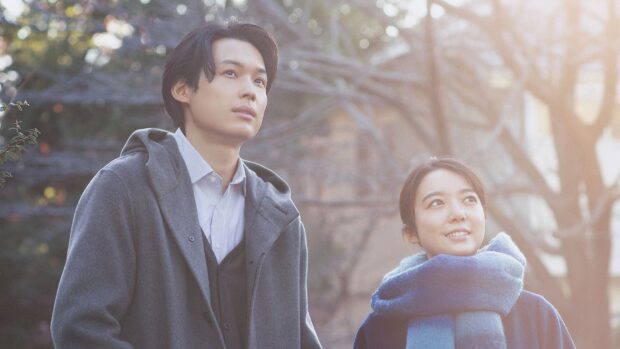




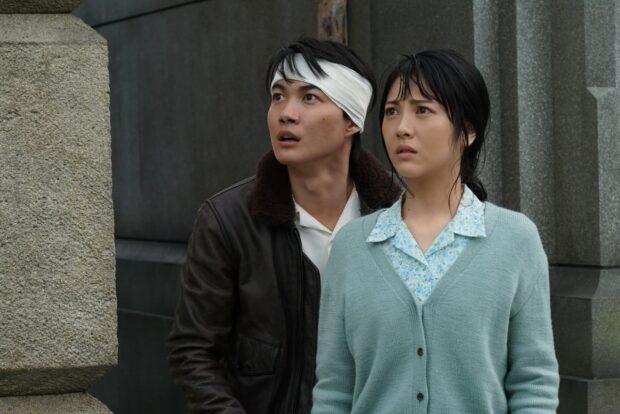
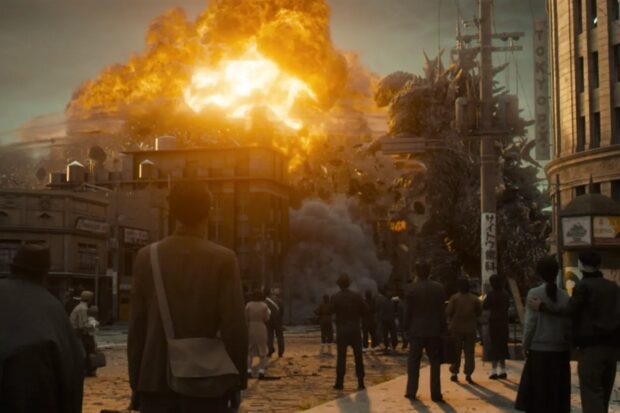


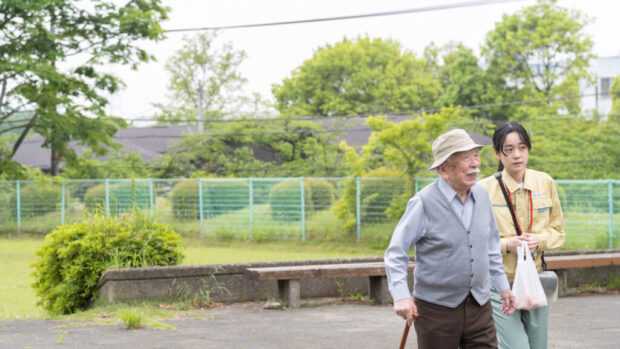
![Review: The Breaking Ice [MIFF 2023]](https://thereelbits.com/wp-content/uploads/2023/08/breaking-ice001f-203x150.jpg)
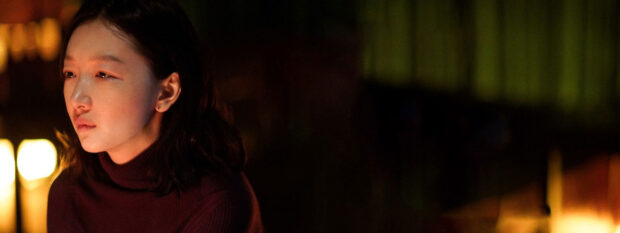
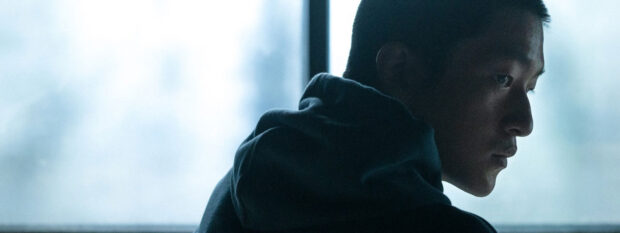

![Review: As Long as We Both Shall Live [Fantasia 2023]](https://thereelbits.com/wp-content/uploads/2023/08/alawbsl-001f-203x150.jpg)
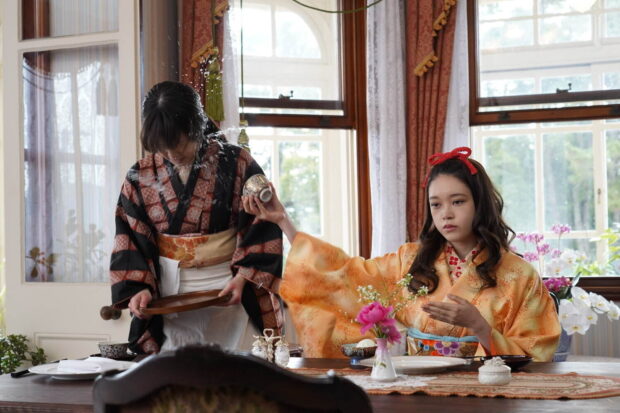

![Review: Mad Cats [Fantasia 2023]](https://thereelbits.com/wp-content/uploads/2023/07/mad-cats001f-203x150.jpg)

![Review: People Who Talk to Plushies Are Kind [Fantasia 2023]](https://thereelbits.com/wp-content/uploads/2023/06/plushies001f-203x150.jpg)
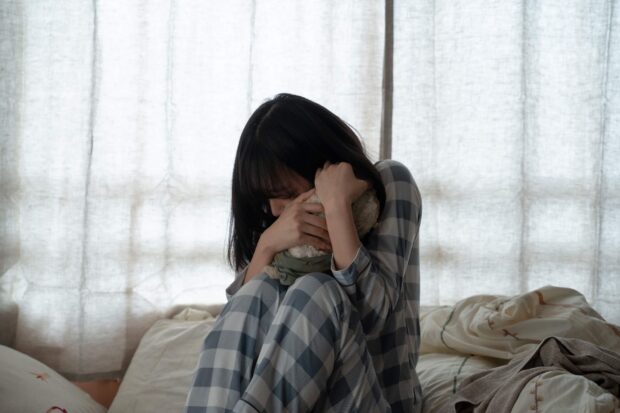
![Review: Shin Kamen Rider [Fantasia 2023]](https://thereelbits.com/wp-content/uploads/2023/08/kamen-rider001f-203x150.jpg)
